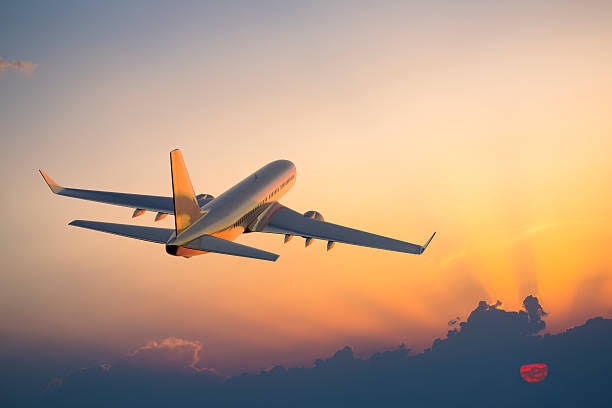AVIATION
What are the dangers on the plane?

Flying is not without risk and often arouses fears on the part of passengers. Although the plane is the safest form of transport in the world, certain dangers are unavoidable. Yet, despite the rarity of accidents, passengers must be ready to react in the event of an emergency. Very often, they do not pay attention to the regulatory safety instructions presented by the flight personnel or by a demonstration film broadcast throughout the cabin. These instructions are important and may be useful in times of need.
Natural factors
Lightning
The lightning does not impress the planes, designed to be insensitive to lightning. Indeed, when lightning strikes an aircraft, the current flows in the cabin and then continues on its way. On average, an airliner is struck by lightning every 1,000 flight hours, or about twice a year.
Bird hazard
Rare but dangerous, the bird risk is apprehended by the pilots. A collision between an aircraft and birds can take place at any time below a certain altitude. In the event of a collision, the shock is fatal for the birds, but also for the plane. Several air disasters are due to bird hazard, however, all airports are protected by falconers, who chase birds from take-off and landing areas.
Technical factors
Engine failure
Engine failures can be caused by a collision with birds, by a lack of fuel or by a various technical problem. Fortunately, on a classic airliner, there are at least two engines (one on each wing), or even four. This guarantees a minimum of safety: when one of the engines no longer works, the others still allow the plane to fly in good conditions. But in such a situation, an emergency landing is obvious.
When none of the plane’s engines are running, the plane can hover for about twenty minutes, if it is at an altitude of 10,000 meters. During flight preparation, the route followed by the aircraft is planned so that it can land at an airport quickly at any time during the trajectory. Thus, the aircraft must be able to glide to a diversion airport.
Human factors
80% of airplane accidents are due to the human factor. Very often, accidents are said to be multi-factorial, that is to say that the cause is not due to a single person, but to several people, who have made errors, which if they were isolated would not have did not cause an accident.
Others
Fire
Fire is one of the most feared incidents in aeronautics due to the difficulty of fighting a fire in such a confined space where the spread can be particularly rapid. The origin of the fires may be due to technical problems or to dangerous uses among passengers such as the use of cigarettes (prohibited for about twenty years).
Stall
The stall results in a simultaneous loss of speed and altitude: the aircraft no longer flies, it falls. This danger is feared at low altitude during the take-off and landing phases. At a certain altitude, the pilots can – in the event of a stall – make the plane pitch down to restore speed and thus regain control. However, this type of incident remains extremely rare.
-

 AVIATION5 years ago
AVIATION5 years agoPhoto News: Air Peace commence flight operations to South Africa
-

 Car News5 years ago
Car News5 years agoPolestar is recalls over 2000 electric cars due to software bug
-

 RAIL4 years ago
RAIL4 years ago36 Killed in Pakistan Train Accident
-

 Technology5 years ago
Technology5 years agoCommon mistakes in CO₂ emissions calculations
-

 Business5 years ago
Business5 years ago2016 Volvo XC60 review and specifications
-

 Reviews5 years ago
Reviews5 years ago2021 Audi A6 Specifications and Review
-

 Reviews3 years ago
Reviews3 years agoDebutant Kia’s new K8 sedan benchmarks luxury, safety
-

 SAFETY / CAR CARE5 years ago
SAFETY / CAR CARE5 years agoHandbrake warning light; what it means and what to do
